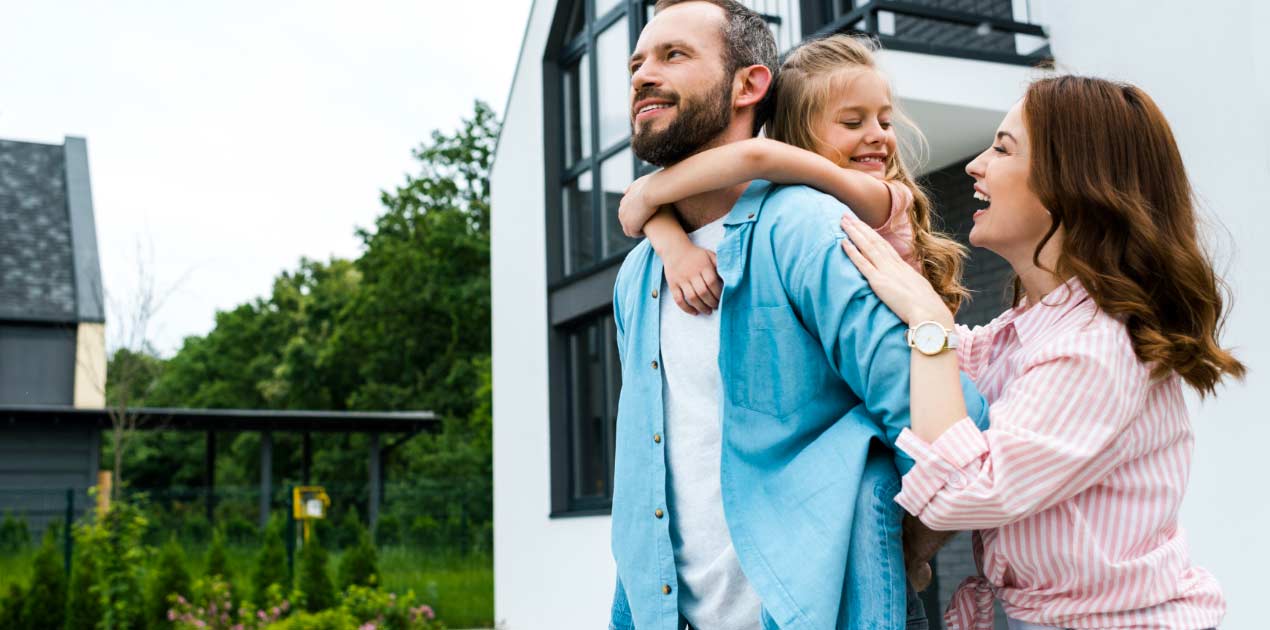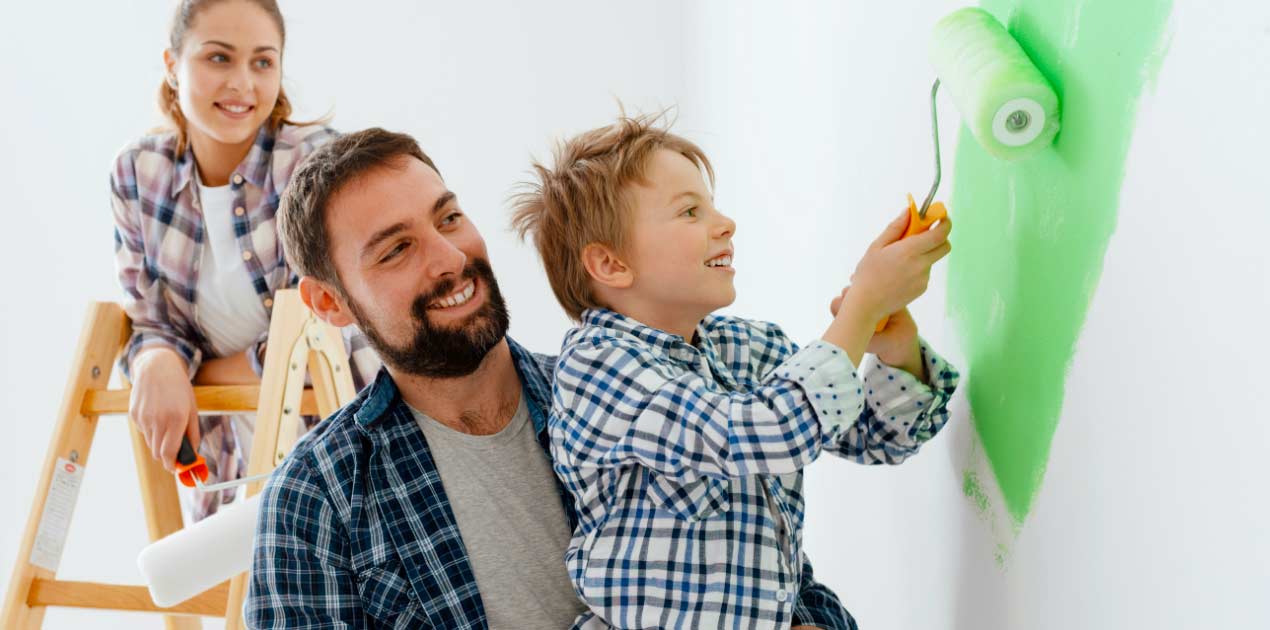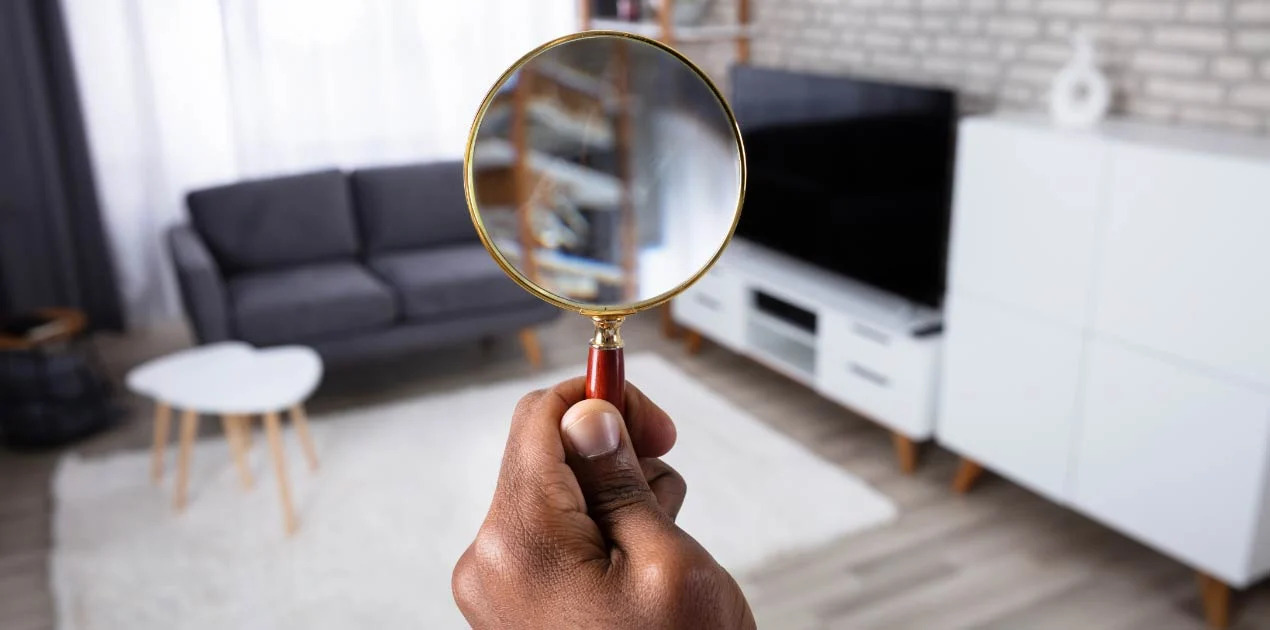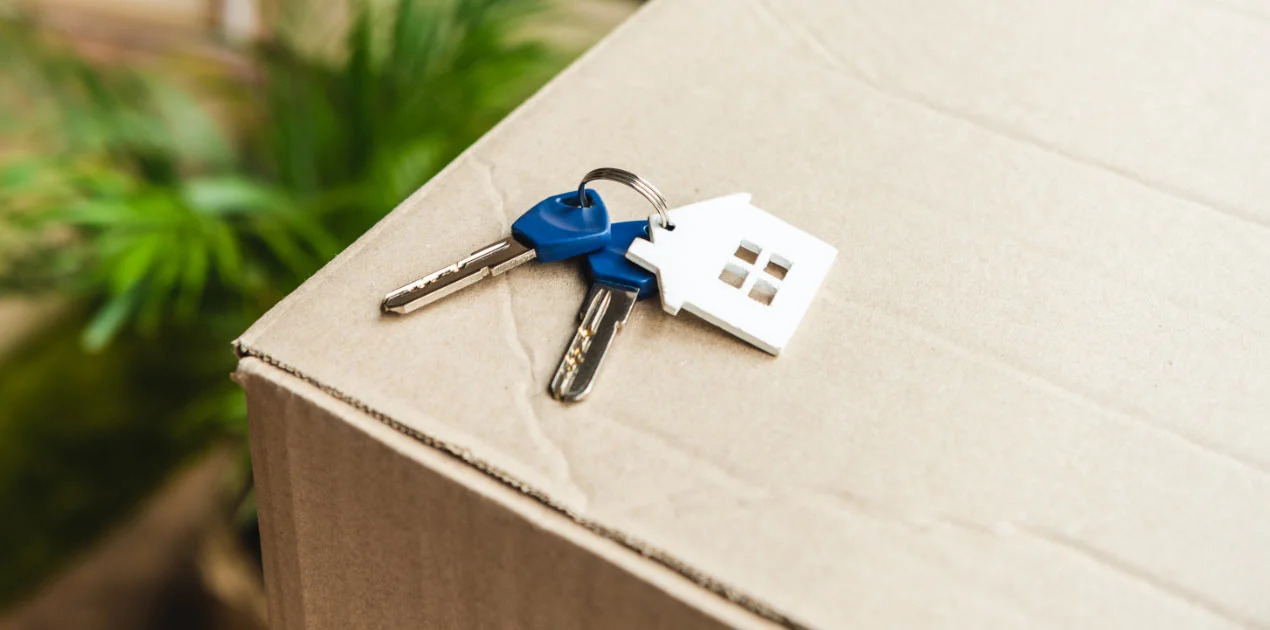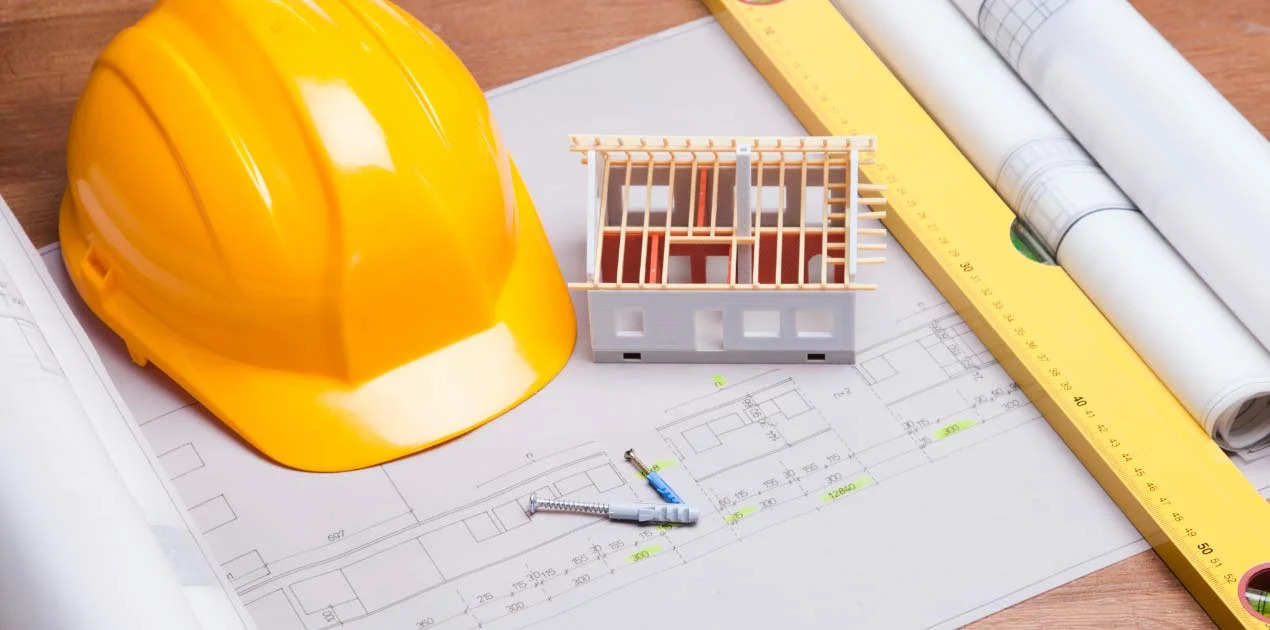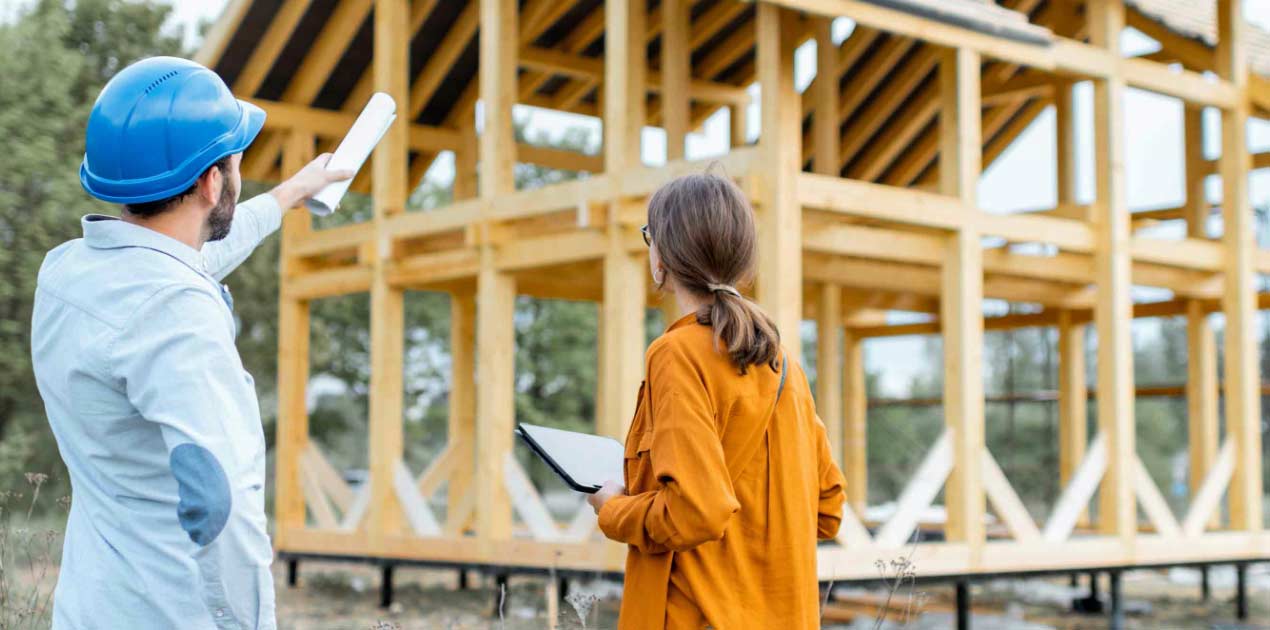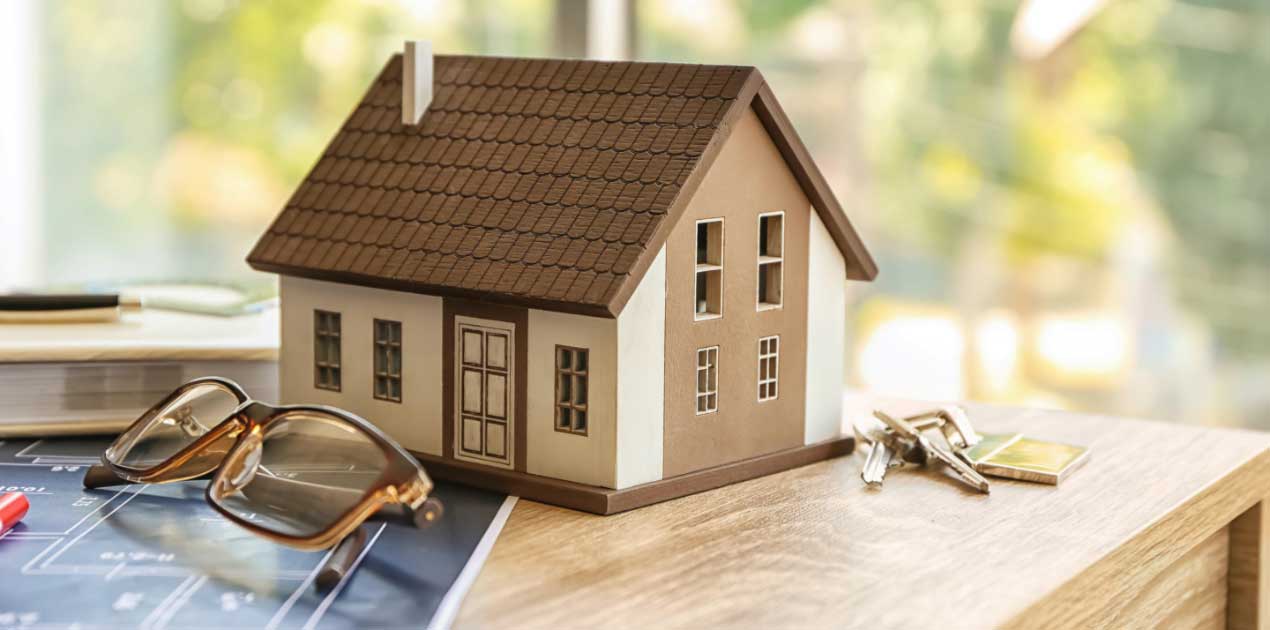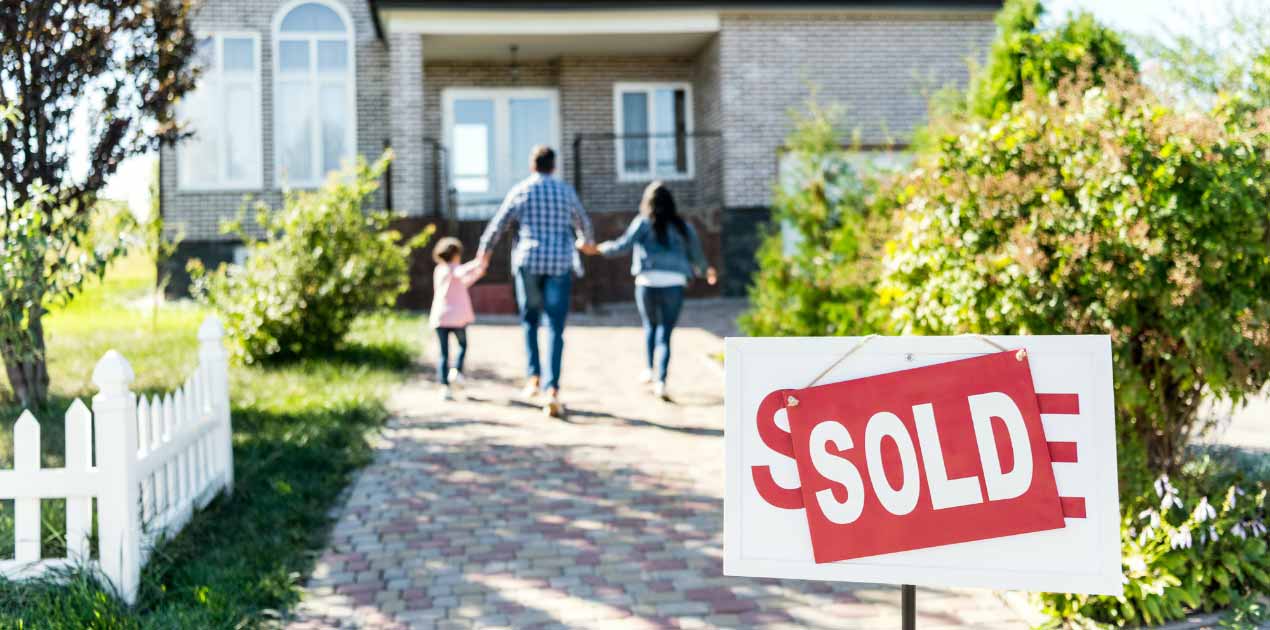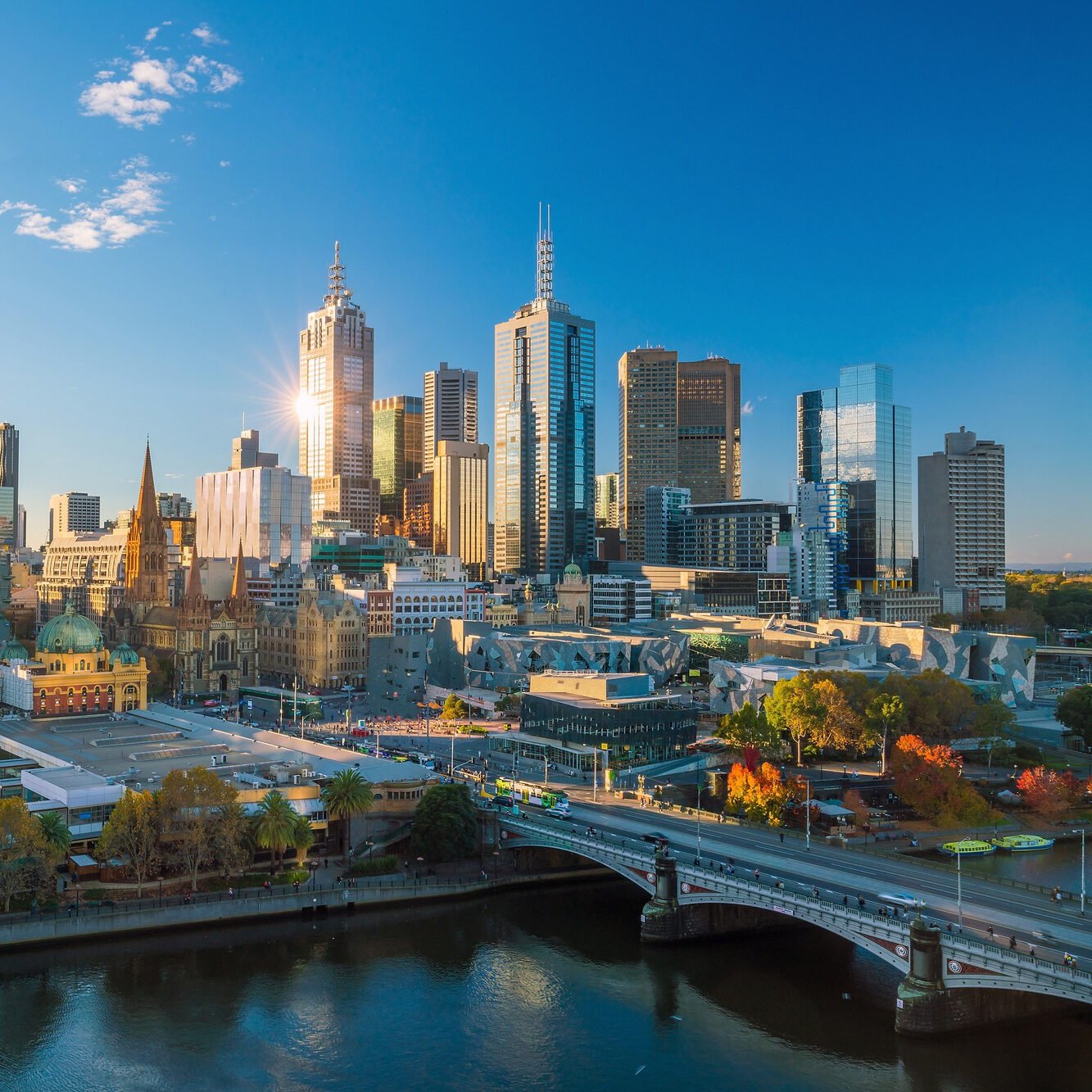After a period of stagnation, the Melbourne property market is showing clear signs of a comeback. Dwelling values rose for a second consecutive quarter, climbing 1.1% over the three months to June, a welcome turnaround after three straight quarters of decline.
Melbourne’s property values have found their footing. A 0.5% rise in June capped off a positive quarter, accelerating from the 0.7% growth seen in the first three months of the year.
While this growth is more measured compared to hotspots like Darwin and Perth, it represents a significant shift in momentum.
- Quarterly Growth: +1.1% (June Quarter 2025)
- First Half Growth: +1.8% (Jan-Jun 2025)
- Median Value Increase: Added just over $14,000 to the median dwelling value in the first half of the year.
However, context is key. Despite these recent gains, Melbourne housing values remain 3.9% below their record highs set back in March 2022. This indicates that while the market is recovering, buyers are still finding more value here compared to the peak, and there is still room for further recovery.
Melbourne housing market trends
| Metric | Figure | Note |
|---|---|---|
| Monthly Value Change | +0.5% | Consistent positive growth. |
| Quarterly Value Change | +1.1% | Accelerating from Q1 (+0.7%). |
| 12-Month Value Change | +1.8% | Reflects the recent recovery. |
| Current Median Value | ~$796,952 | Based on a $14k increase. |
| Distance from Peak | -3.9% | Still below the March 2022 high. |
Source: Cotality Australia

One of the most significant trends in Melbourne is the dramatic slowdown in the rental market. After years of relentless pressure, rental growth is finally “losing steam.”
Annual rental growth across Melbourne was just 1.2% over the past year, the lowest annual rate of growth recorded since the market lull in July 2021.
This easing comes despite tight vacancy rates, driven by two key national factors:
- Affordability Ceilings: Rents have simply become too high for many households, with around one-third of pre-tax income now required to pay the median rent nationally.
- Slowing Migration: The post-COVID “catch-up” period of net overseas migration is ending, reducing the number of new arrivals seeking rental accommodation.
For Melbourne tenants, this signals a welcome shift towards more stable and predictable rental conditions.
Melbourne house prices – the longer-term data
The rest of 2025 will be a balancing act between powerful economic forces, and for Melbourne, the outlook is one of cautious optimism.
Pushing back against this momentum are Melbourne’s significant affordability constraints, which will naturally temper the pace of any future growth. This challenge is compounded by elevated household debt levels, making households sensitive to economic shocks and potentially limiting credit availability as regulators watch closely. Adding to these pressures, reduced population growth will ease a key source of housing demand, while global geopolitical risks remain a wildcard that could weigh on consumer sentiment.
While Melbourne’s property market has successfully turned a corner, the interplay of these forces suggests a more sustainable and balanced recovery ahead, rather than a return to the boom times of the past.

